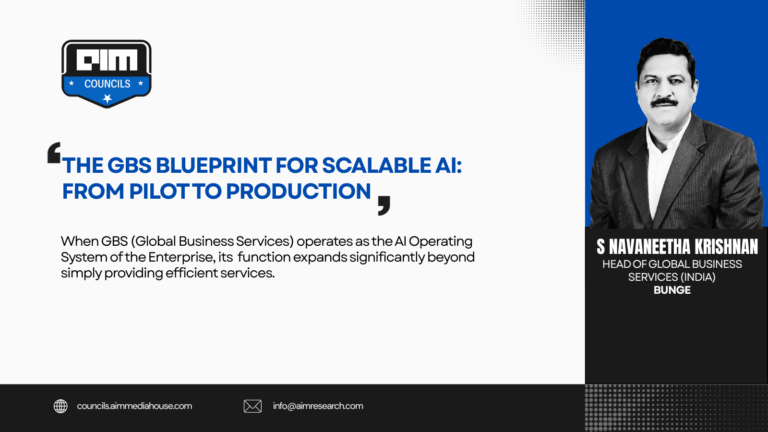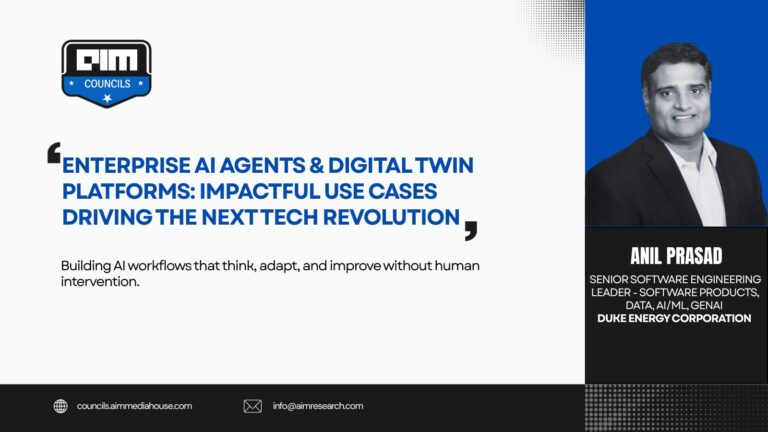As AI systems mature across the logistics sector, freight operators are beginning to treat recommendation engines, data pipelines, and workflow automation as parts of the operational stack that must hold up in real world conditions.
C.H. Robinson, one of the largest logistics providers in North America, now uses generative AI to support quoting, scheduling, and capacity matching across more than three million shipments. Tasks that once required an hour of manual work can now be completed in seconds.
The productivity gains are clear, yet adoption still lags among brokers and dispatch teams who want tools that keep pace with the speed and unpredictability of freight operations. A logistics focused study found that users often bypass AI systems when they disrupt workflow rhythm or require extra verification. These moments directly affect trust and long term use.
Freight environments challenge system design
Freight operations rarely resemble controlled software settings. Brokers manage overlapping calls, fragmented data, and last minute customer updates that force quick decisions. If an AI system cannot recover from an interruption or follow mid sentence instructions, users will move on and return to manual work.
Operational leaders note that issues often arise when systems have limited visibility into available information or react too rigidly to new inputs. An industry article examining supply chain AI points to data gaps and visibility challenges as common sources of misalignment in real world deployments.
Adaptability, not perfection, is what tends to matter in these environments. A system that works only when everything is perfectly structured will struggle to earn a place on a brokerage floor.
Overrides may offer useful insight
As freight teams test AI tools, overrides may be a normal part of the process. They often point to details the system did not factor in, whether it is a carrier’s recent performance, a shipper’s preference, or something specific to a lane.
Instead of viewing an override as a rejection of the tool, it can serve as a hint about where the system needs more context. This is where simple, clear reasoning helps. When an AI recommends a carrier or a rate, adding a short note on on time performance, price comparisons, or lane history gives operators something to work with.
Overrides become a practical checkpoint. They show where human judgment steps in and where the system could offer clearer context to support the decision.
Voice and interaction matter on the floor
Some industry conversations around logistics and warehouse operations point to interest in voice based interfaces. A review of voice user interfaces in manufacturing logistics highlights that hands free interaction and clear speech cues can support work that requires constant movement and quick responses.
In freight settings, where operators juggle calls, customer updates, and exceptions at the same time, ideas from these interfaces can help voice enabled tools fit more naturally into the pace of the floor. Simple confirmations or a clear cadence can be easier to follow than an interaction that feels flat or overly scripted.
The goal is not to add personality. It is to make the exchange easy to understand and comfortable to use when things move quickly.
A credibility test for freight AI vendors
As interest in automation grows, freight operators may look more closely at how AI tools fit into their processes. Procurement teams considering new systems may ask for clarity on how a tool handles information, forms recommendations, or incorporates user input. These questions help connect system behavior to day to day operations.
Companies that offer practical reliability, clear reasoning, and workflows that match how brokers and dispatchers operate may find stronger traction. A global survey on AI trust and adoption notes that user confidence plays an important role in long term use.
What comes next for freight AI
This ACM study notes that AI tools are easier to use when people can see how a recommendation was formed. In freight, that level of clarity matters because decisions are made quickly and operators cannot spend time second guessing a system.
This is often where adoption can stall. If a tool adds uncertainty or slows the pace of work, teams will move past it. When a system explains its choices, holds up during interruptions, and reacts smoothly as plans change, it is far more likely to become part of the daily workflow.
For freight, the future of AI will hinge less on new features and more on how well these tools fit the reality of the job. Systems that do that can move from trial use to everyday use.







